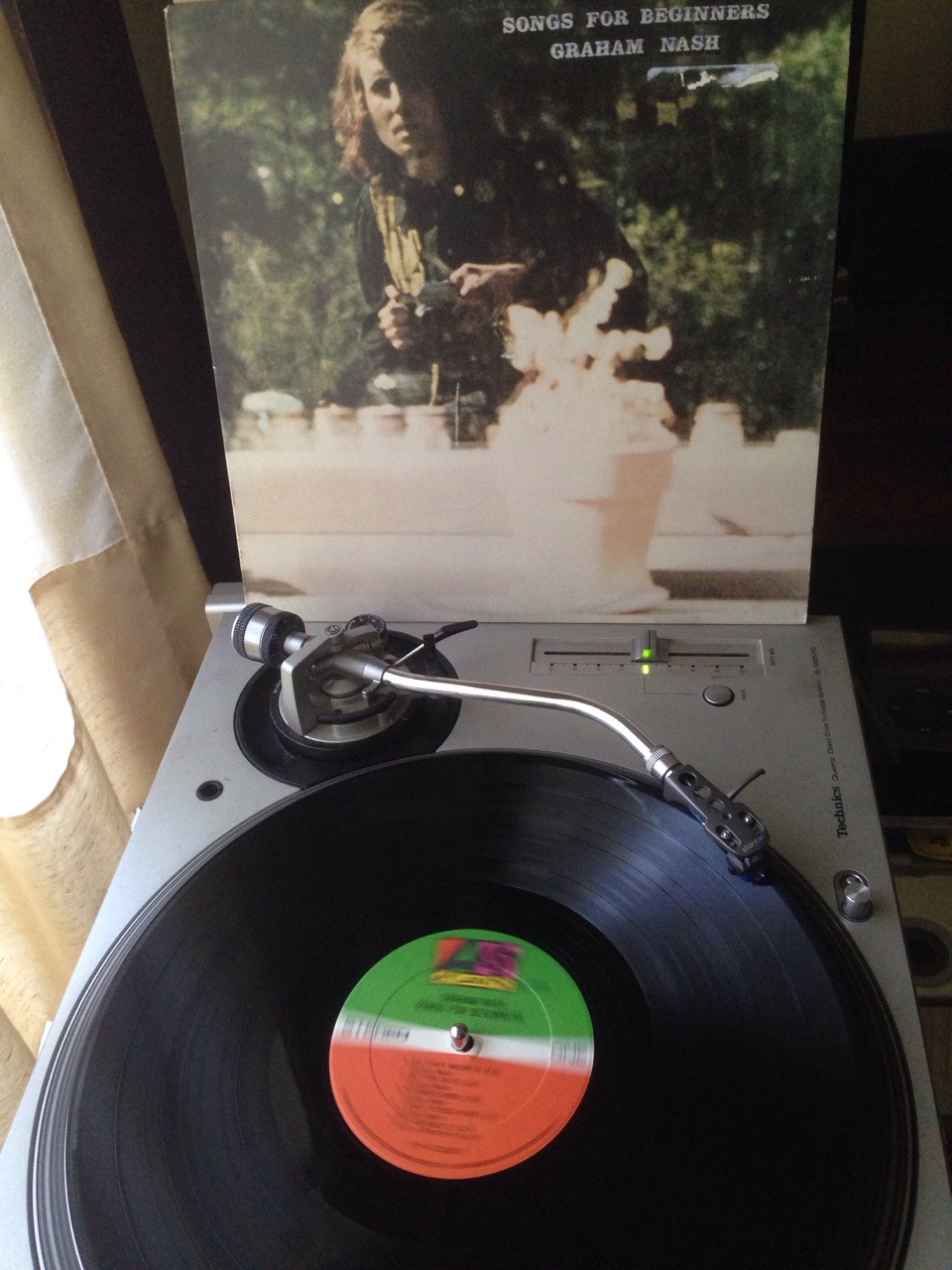
Because friends, there have been terrabytes written on their importance and influence.
The lion’s share of that code is occupied with musings on this album.


In terms of climax-chasing, bombastic post rock, Explosions in the Sky are the poster boys. While “cinematic” gets thrown around a lot with post rock, EitS actually make soundtracks. Continue reading
 Whilst picking through my parents’ collection, I saw this and said, “Emerson Lake & Palmer…I wonder what all the fuss is about.“
Whilst picking through my parents’ collection, I saw this and said, “Emerson Lake & Palmer…I wonder what all the fuss is about.“
I have since learned that this probably isn’t the best place to start. Continue reading
There are two jazz albums that you’ll find even in the collections of non-jazz enthusiasts: Miles Davis’ Kind of Blue and John Coltrane’s A Love Supreme.
And it’s worth noting that Coltrane played on both…
And in the pinnacle of cool jazz, Coltrane was there filling the same role. His solos on Kind of Blue remain some of the most iconic saxophone lines in music history. And like Miles before him (and most of the Kind of Blue band, honestly), he quickly grew too large to remain under his bandleader’s shadow and made a name for himself.
Taking the same modal harmonies of cool jazz, Coltrane added a sort of manic energy to it. Where cool jazz’s drummers largely rode the beat, rising from the background only occasionally, Coltrane lit a fire under his rhythm section, pioneering what would be called hard bop, before going full tilt into free jazz.
Like Kind of Blue for Miles, A Love Supreme is Coltrane’s capital G Great record. It is for hard bop what Kind of Blue is for cool jazz. It is a monolith of immaculately played hard bop that reaches far beyond jazz’s typical sphere of influence.There are hints of frenetic free jazz he would go on to write, but A Love Supreme is intricately composed, returning to a small handful of motifs throughout the record (the sung “Love supreme” melody that opens the record also closes it, appearing a few times in the middle section).
In the liner notes, Coltrane writes a beautiful psalm dedicating the record to God, and the devotion is easy to hear. Each breath of the saxophone, each hammered piano chord, each drum fill, each sliding bass line is a devout act, an act of worship somewhere between bliss and toil.
 Like most people, my first exposure to Jimmy Eat World was “The Middle” music video. Which ain’t a bad place to start—Bleed American is a great record. But make sure you backstep a little bit too, because missing Clarity is a crime.
Like most people, my first exposure to Jimmy Eat World was “The Middle” music video. Which ain’t a bad place to start—Bleed American is a great record. But make sure you backstep a little bit too, because missing Clarity is a crime.
Continue reading
 Words like “pioneer” and “genius” and “groundbreaking” are thrown around far more than they probably deserve.
Words like “pioneer” and “genius” and “groundbreaking” are thrown around far more than they probably deserve.
For years, Daft Punk has shown the world glimpses of pop music’s future. Tracks like “Harder, Better, Faster, Stronger” or “Human After All” broke through the surface of pop consciousness like an elusive White Whale before diving back down into the depths.
Continue reading
 Here’s the thing about post rock. As much as the term brings up images of heavily delayed guitars playing glacially paced riffs until they explode into bombast, that hardly accounts for every group under the term’s large umbrella. Continue reading
Here’s the thing about post rock. As much as the term brings up images of heavily delayed guitars playing glacially paced riffs until they explode into bombast, that hardly accounts for every group under the term’s large umbrella. Continue reading

Following the hige success of Crosby Stills Nash & Young’s Deja Vu, every. Single. Member of CSNY put out a solo record, and every one of them was well received.
Continue reading